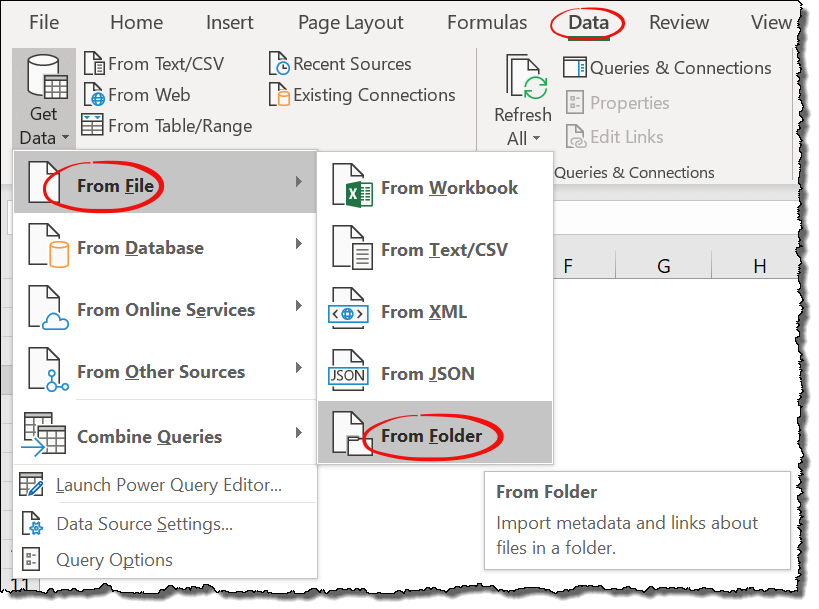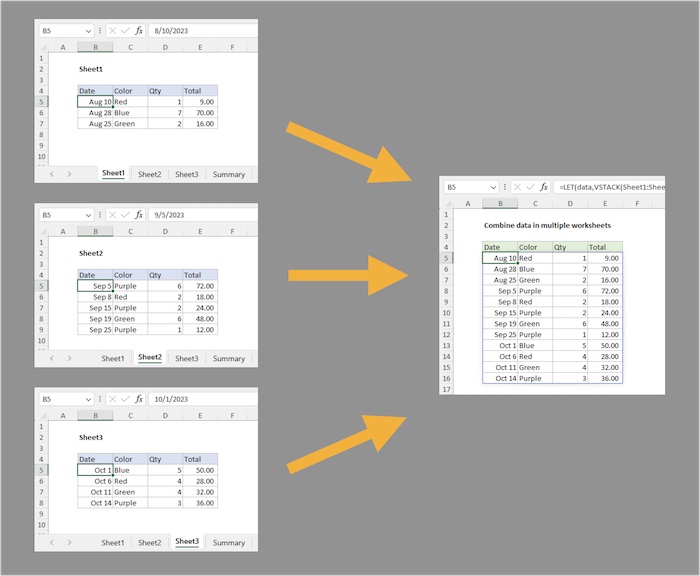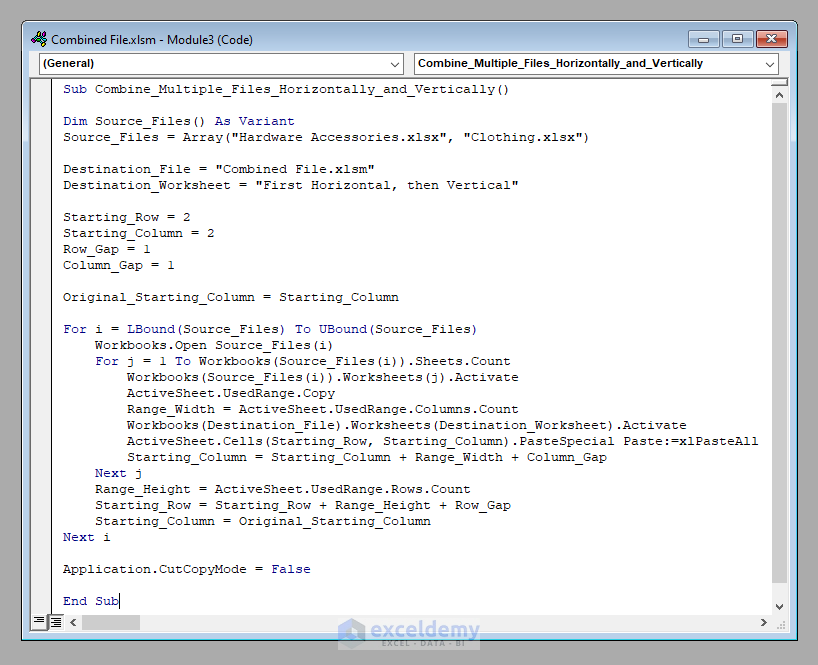Combine Excel Sheets Easily: Boost Your Data Management

In today's business landscape, the ability to manage and analyze large sets of data efficiently is not just an advantage; it's a necessity. Whether you're a marketer trying to streamline customer data or an analyst looking to consolidate financial reports, merging Excel sheets can save you countless hours of manual work. This blog post will guide you through the process of combining Excel sheets effortlessly, ensuring your data management is both effective and efficient.
Understanding Excel Sheet Merging

Before diving into the practical steps, let’s clarify what we mean by merging Excel sheets:
- Horizontal Merging: Combining data from multiple sheets side by side, which is useful when you have datasets with the same structure but different fields.
- Vertical Merging: Stacking datasets on top of each other, commonly used when you have the same fields but different records.
Merging sheets can occur within the same workbook or across different workbooks, catering to various data management needs.
Preparing for Merging

Ensuring your Excel sheets are ready for merging involves several steps:
- Check for consistency in column headers or sheet names.
- Ensure data types match across sheets.
- Consolidate any discrepancies in data formatting.
This preparation stage prevents errors when combining data and enhances the overall quality of your merged dataset.
Methods to Combine Excel Sheets

Manual Copy-Paste

For simple tasks with fewer sheets, manual copy-paste might suffice:
- Select the range or cells you want to merge.
- Right-click and select ‘Copy’ or use the shortcut (Ctrl+C or Cmd+C).
- Paste the data into the desired sheet (right-click and ‘Paste’ or use Ctrl+V or Cmd+V).
💡 Note: This method is prone to errors like misalignments or duplicate entries, especially with large datasets.
Using Excel Functions and Formulas

Excel offers several functions to dynamically combine data:
- UNION: To combine data vertically from multiple ranges.
excel ={UNION(A1:A10, Sheet2!A1:A10, Sheet3!A1:A10)} - POWER QUERY: For more complex merges, especially across different workbooks.
- INDEX and MATCH: For a more flexible, user-controlled merging process.
| Function | Use Case |
|---|---|
| UNION | Merging vertically when data is in the same structure |
| POWER QUERY | Combining data from different workbooks or with different structures |
| INDEX and MATCH | Merging data horizontally when looking for specific matches |

Advanced Techniques

For larger datasets or more complex merging needs:
- VBA (Visual Basic for Applications): Automate the merging process with scripts tailored to your specific requirements.
- Third-Party Add-ins: Utilize add-ins like ‘ASAP Utilities’ or ‘Ablebits’ for specialized merging functionalities.
💻 Note: VBA scripts are powerful but require basic programming knowledge to avoid unintended results.
Wrapping Up

In conclusion, merging Excel sheets can significantly enhance your data management practices, leading to better analysis and decision-making. By following the steps outlined in this guide, you can combine Excel sheets with ease, leveraging Excel’s built-in functions, formulas, and advanced techniques to streamline your workflow. Remember to prepare your data, choose the appropriate merging method, and always double-check the results to ensure data integrity.
Can I merge Excel sheets with different structures?

+
Yes, you can merge sheets with different structures using techniques like POWER QUERY or VBA scripts, which allow for more flexible data manipulation.
Is it possible to automate the merging process?

+
Absolutely, automation can be achieved using VBA or third-party add-ins, making the process repeatable and efficient.
What should I do if I encounter errors while merging?

+
Check for consistency in data types, ensure there are no duplicate column headers, and verify the data is clean from any extraneous characters or spaces.
Can I undo a merge if something goes wrong?

+
If you use Excel’s native functions or simple copy-paste, you can undo the action using Ctrl+Z. For advanced techniques like VBA, you should save backups before merging.